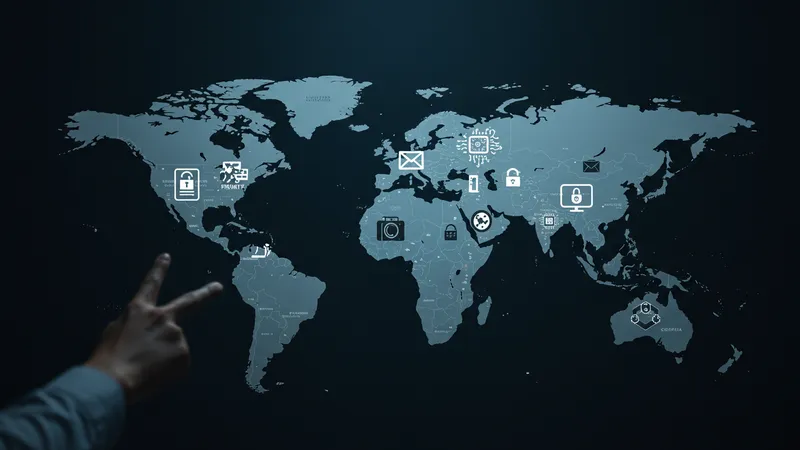
Cybersecurity Academic Pathways: Learning Outcomes And Employment Relevance
Regional Differences in Cybersecurity Education and Workforce
The field of cybersecurity doesn’t exist in a vacuum, isolated from worldwide cultural and educational influences. Different regions show varying priorities, legal frameworks, and industry demands in cybersecurity education. An example is the focus on data privacy principles in Europe versus a more business-centric industry model in the United States. The disparity has resulted in a global talent inconsistencies that’s often overlooked.

Europe, with its stringent data protection policies, emphasizes privacy by design, making its cybersecurity curriculums particularly robust in legal knowledge. Meanwhile, in Asia, where tech innovation thrives, educational institutions prioritize rapid technological adaptability. These regional distinctions catalyze varied skill sets among graduates, creating unique pros and cons in global employability.
Despite these distinctions, there exists a stark commonality—a universal call for more seamless industry-academia collaboration. The need to unify education approaches with industry demands resonates worldwide, though execution still lags. As global communication networks tighten, sharing resources and aligning educational objectives becomes crucial.
This calls for broader dialogues on international certification standards in cybersecurity education. Would a standardized approach ease cross-border employability or homogenize diverse, culturally-rich learning systems? What follows can help decode how local education innovations are transforming the world’s security landscape.